Vapor Barrier for Hot, Humid climate
Hi all,
I’m doing some siding renovation on a 100 year old house in hot, humid central florida. The original walls have plank sheathing and tarpaper followed by cypress lap siding. The previous owner renovated most of the interior and insulated the 2X4 exterior walls with paper-backed fiberglass batts.
Now, my question – I’ve been replacing the old crusty tar-paper with tyvek. Do I need to install a vapor barrier as well? I know in cold climates, VB’s should be installed on the interior side of the insulation – is the opposite true in my climate? Should one be used at all?
Thanks in advance,
Andy

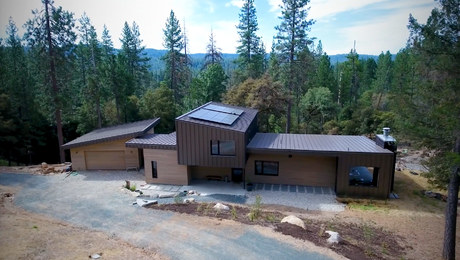
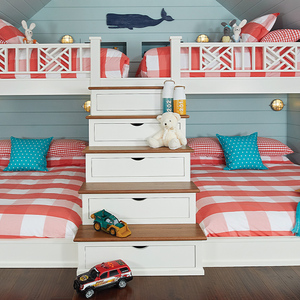
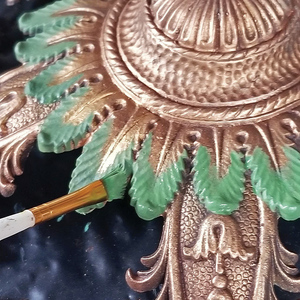
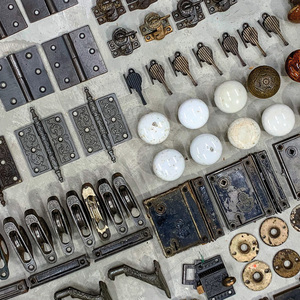








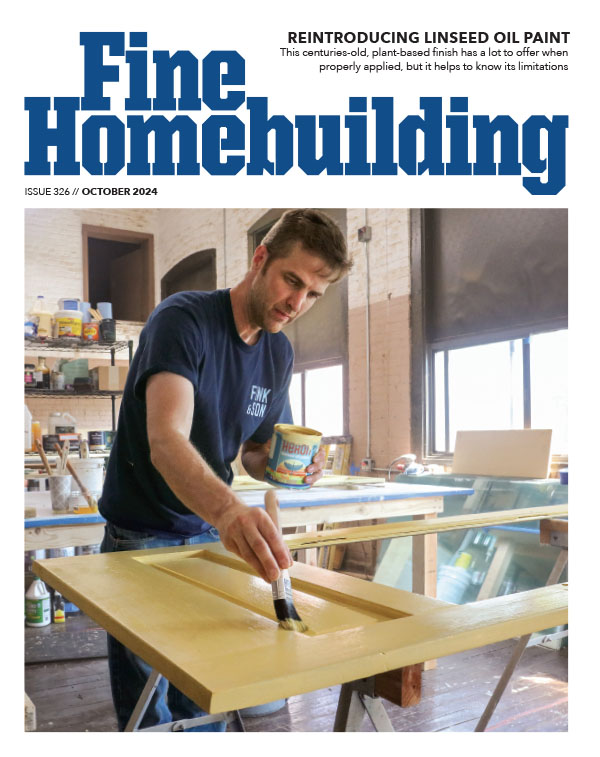





Replies
In Florida, vapor barrier ,so my HVAC engineering friend told me, the vapor barrier should be on outside. Ask Dupont Tyveck at their site for directions on use of their product, as I was led to believe that when it is used in the South, it too must be reversed.
You have a couple of variables going on there.
Ideally, In new construction in your climate, you wnat the VB on the outside because the moisture carrying hot air will be drawn to condense on the colder surface of the airconditioned interior.
Now, you don't specifically state whether this ages old building has airconditioning or not.
And you need to deal with the fact that the owner already placed a VB on the inside. One of the rules is that you should not sandwhich vapour barriers because then any moisture that does get in fromone side can never migrate out again.
My tendency on this one would be to replace the tarpaper exterior and not use house wrap but this is more instinctive than objective science which doesn't alwayus apply to older houses, especially if they were balloon framed.
Excellence is its own reward!
Thanks for your, and everyone elses, reply.
The house is balloon framed and is newly air conditioned (installed during the same renovation that added the insulation - about 2 years ago). So far, the only portion of the house I've re-sided is an old enclosed porch, which did not have any kind of sheathing (unlike the rest of the house) and crumbly tar-paper. I added OSB sheathing, TYVEK, then new siding. I do understand that TYVEK is not a vapor barrier. I chose it after reading a few technical articles someone here posted links to. This wall gets a lot of heavy, pounding rain hitting it during the summer storms we get here, so I was more interested in Tyvek's water-shedding superiority versus tar-paper than anything else.
My question is largely academic anyway because this house is so porous and I don't plan on residing the whole thing, just the parts with large amounts of damaged siding. But seeing the insulation with the VB installed on the conditioned side of the wall got me thinking and led me here.
Also, the house is build on a pier and beam foundation with original 1" t&g heat pine floors over the joists (no subfloor). The floor isn't insulated at all and doesn't have a vapor barrier, so that's probably a huge source of air/vapor transmission. Even worse is that the ballon-framed wall cavities are open at the bottom, as the wall studs sit directly on main perimeter beams along with the floor joists - there is no "bottom plate" at the floor level. All this makes for a drafty house, and a super-cold floor for the few days it gets near freezing in the winter. However, my electricity bills aren't too bad during the heat of summer at about $120 a month for a 1700 sq ft 2 1/2 story. One advantage I have is new, efficient equipment, and one compressor/air handler for the first floor, and another for the 2nd and finished attic that I can program independently.
Anyway, now I'm rambling on. Thanks again. Your advice of not adding a second vapor barrier that will trap moisture will be headed!
Andy